I currently have two unrelated MVC3 projects hosted online.
One works fine, the other doesn't work, giving me the error:
Multiple types were found that match the controller named 'Home'. This can happen if the route that services this request ('{controller}/{action}/{id}') does not specify namespaces to search for a controller that matches the request.
If this is the case, register this route by calling an overload of the 'MapRoute' method that takes a 'namespaces' parameter.
The way my hoster works is that he gives me FTP access and in that folder I have two other folder, one for each of my applications.
ftpFolderA2/foo.com
ftpFolderA2/bar.com
foo.com works fine, I publish my application to my local file system then FTP the contents and it works.
When I upload and try to run bar.com, the issue above fires and prevents me from using my site. All while foo.com still works.
Is bar.com searching from controllers EVERYWHERE inside of ftpFolderA2 and that's why it's finding another HomeController? How can I tell it to only look in the Controller folder as it should?
Facts:
- Not using areas. These are two COMPLETELY unrelated projects. I place each published project into each respective folder. Nothing fancy.
- Each project only has 1 HomeController.
Can someone confirm this is the problem?


